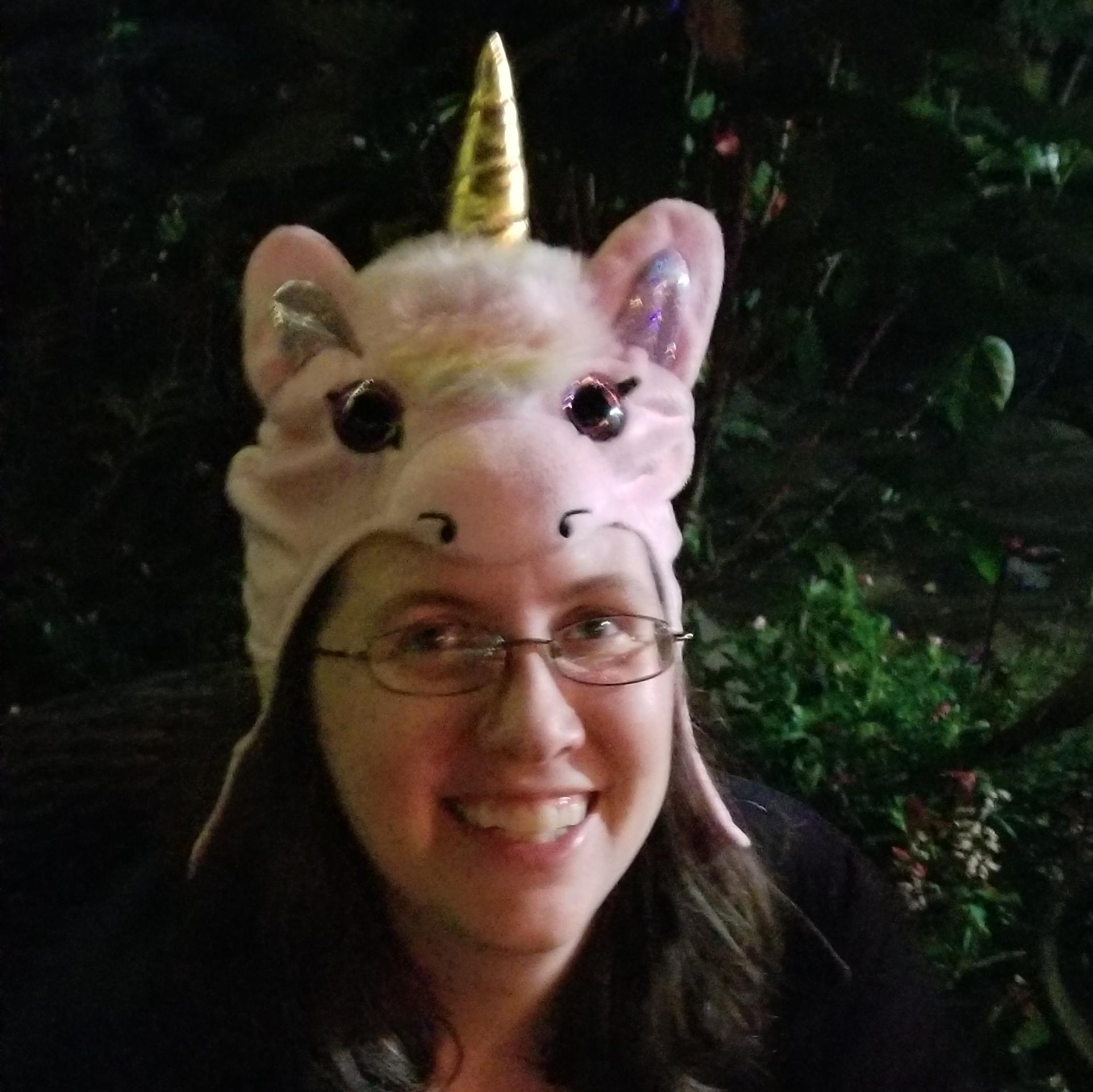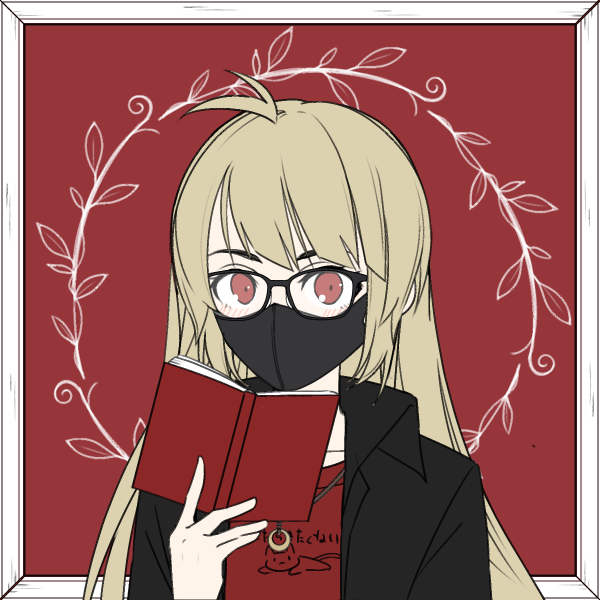
Hidden in the flower meadows of the Great Plains, tiny flower mice live their lives mostly unnoticed by people. Despite their low profile, they play an important role in the life cycle of the meadows, as many of the plants and flowers there rely on them for pollination.
Flower mice see only in greyscale, but they have an extremely sensitive sense of smell. This allows them to pick out individual flowers from the meadow where they live, discriminating by species and if they are in season.
Thought to be the smallest rodent species on the continent, flower mice rarely grow to more than 2cm long, including their tail. Their strong prehensile tail is normally as long as their body and covered in soft fur. The tail is used for climbing, alongside their deceptively strong paws. They have dark, reddish fur across the whole of their bodies, and round black eyes. Male flower mice have cheek pouches which allow them to carry food back to the nest for their mate when she is nursing young.
by Nick Fewings
Etrea © Emily Vair-Turnbull 2020-24
Images © Emily Vair-Turnbull unless stated otherwise | CSS Theme © TJ Trewin
Etrea Logo © Grace Gittel Lewis | Etrea World Theme © Elias Alija
Images © Emily Vair-Turnbull unless stated otherwise | CSS Theme © TJ Trewin
Etrea Logo © Grace Gittel Lewis | Etrea World Theme © Elias Alija
Cover image:
by
Annie Spratt
Comments
Author's Notes
This article was originally written for the Flower's Bloom flash challenge in August 2020.
Please Login in order to comment!










For some reason I started reading this in David Attenborough's voice. Love this article!
Haha I'm taking that as a compliment for sure! Thank you! <3
Explore Etrea